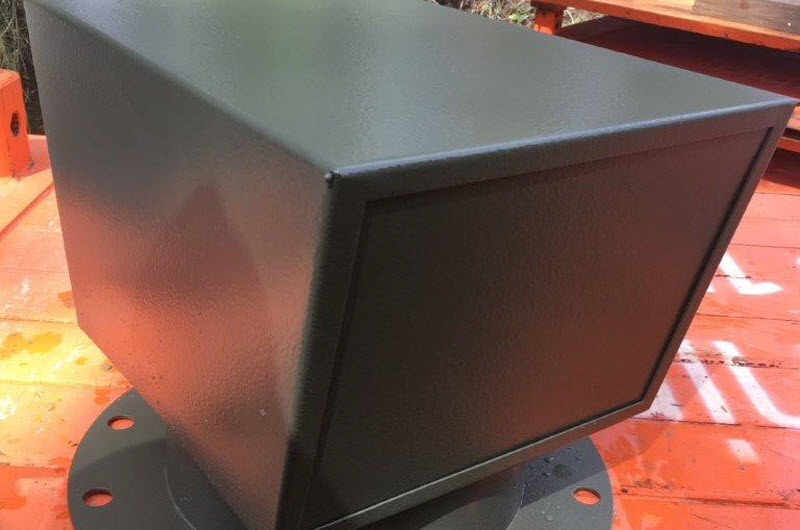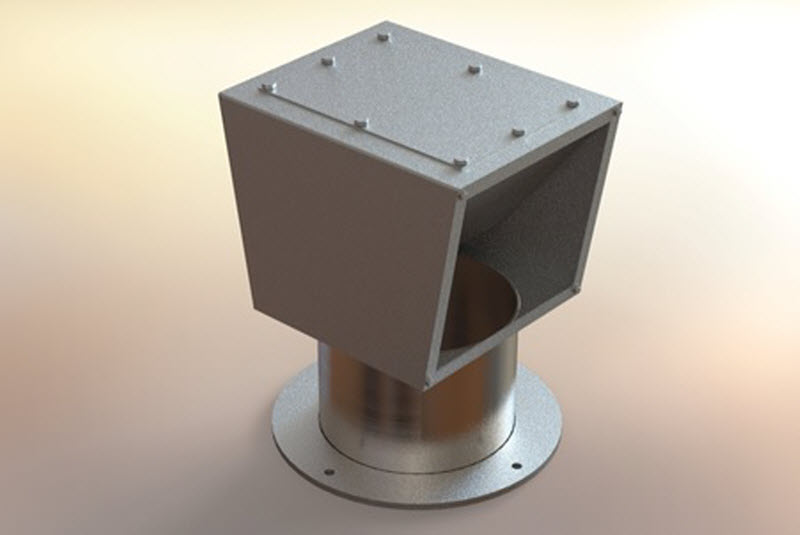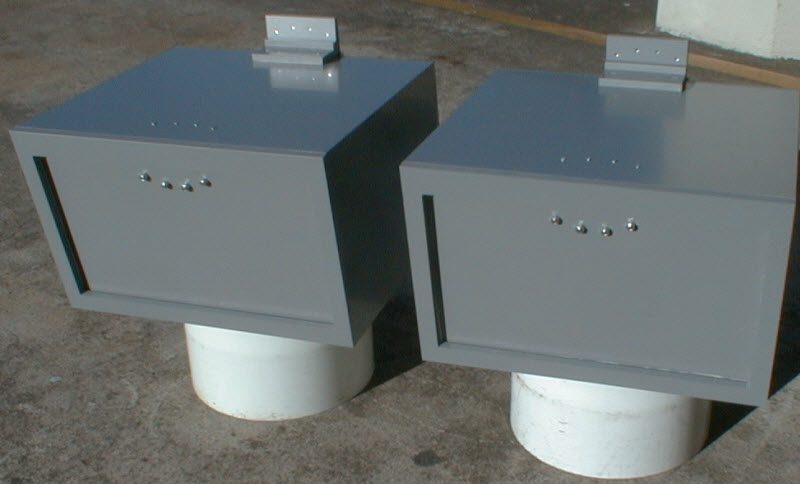
Our sewer networks are a vital part of our community infrastructure.
Understanding standard and ground-mount sewer vents will help you identify each sewer vent and the purpose of its application.
Before any development starts within a specific area, a sewer network must be established.
These involve complex analysis and design by the prevailing water utility but the science around managing what goes on within a sewer network requires either a standard or ground mount vent.

Sewer vent science
In a previous blog we shared some of the science behind sewer network design which offers insights to why we choose either a standard or ground mount sewer vent.
A critical component of a sewer network is its ventilation infrastructure, not only for the obvious reasons of corrosion and odour control but also the maintenance of the entire system.
Hydrogen sulphide (H2S) is also a sewer or swamp gas. Sewers naturally ‘breathe’, and gravity sewers drag the air with the water flow, providing some level of circulation. With insufficient ventilation or airflow, anaerobic decomposition generates hydrogen sulphide.
For this reason, ventilation and the rate at which wind flows are critical in a sewer network.

The difference between educt and induct
Sewer vents are either educt or induct vents. Each plays a different roles and forms part of a sewer network design for different purposes.

Ground-mount sewer vents
Ground mounts tend to be pyramid shaped and are induct vents. These vents are generally specified by the water services agency or water utility and are necessary to increase airflow into a sewer network.
Ground mount vents come in two variations – with or without an odour filter. They can be customised and are designed so the cowl faces the direction of the wind, forcing wind into the vent. This reduces septicity within the network and helps with corrosion due to concrete cancer caused by hydrogen sulphide (H2S).

Standard sewer vents
Standard sewer vents or educt vents are designed to release noxious gases from a sewer network. They are generally tall, and the gas released from standard vents dissipates, so the odour dilutes before reaching ground level.
Standard sewer vents have been around for decades. They exist all over Australia and around the world, but you may not even know them as sewer vents as they’re established as monuments and heritage sites.
Sewer vents are hidden amongst us. We walk past them daily with barely a glance… and we have tens of thousands across the country. More surprising is that some of them are among our most distinctive landmarks. We have more than 15,000 sewer vent pipes and chimneys in NSW alone.

A delicate balance
To balance the amount of clean vs contaminated air in a sewer network is incredibly scientific.
You need sufficient clean air flowing into the network to optimise a sewer network and reduce ongoing maintenance costs.
Another option is a filter media method, which requires significant planning and understanding of the network conditions. Filter media in induct vents won’t be effective in low-pressure networks.
“We need to find a 21st-century approach to the world’s oldest problem, which is why we’ve undertaken to work with the AMRF,” says Duncan Reynolds, head of SVSR Research and Development.
“Our industry underestimates the complexities required for effective sewer network design and operations. We need to develop solutions and components that solve a problem but also require minimal maintenance and costly replacement parts.”
Contact us to discuss whether standard or ground-mount vent cowls are best for your needs.
Read More Blogs

